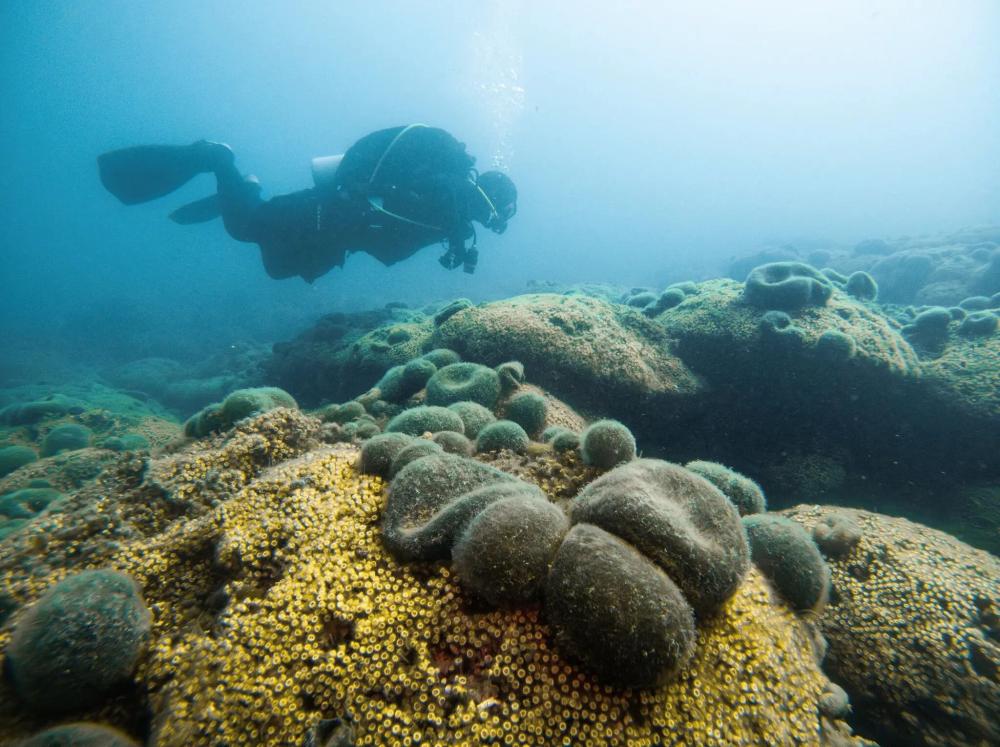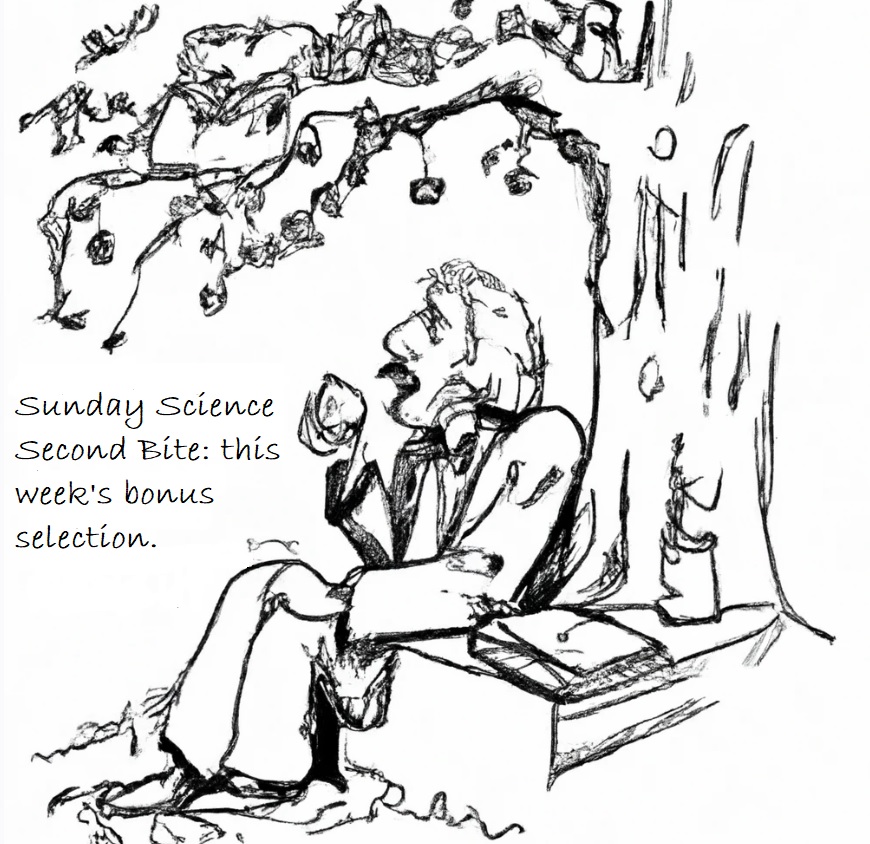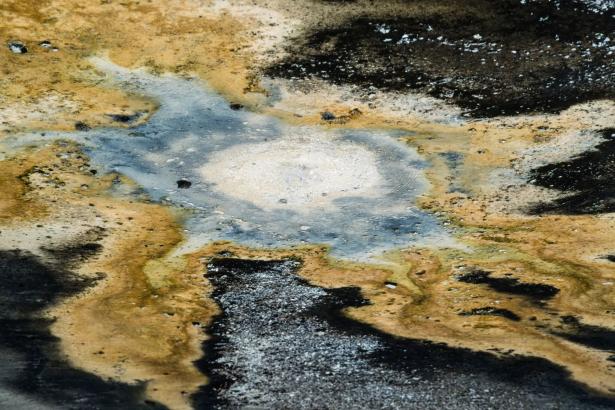Hundreds of scientists have joined together to save a group of species from extinction, a group that might not seem like it needs saving: microbes.
Microbes need protection for many reasons, researchers say, including the fact that other species — indeed, entire ecosystems — depend on their well-being. “We need them in order to help conserve the pandas and the rainforests and the whales and the oceans and everything else in between,” said Jack Gilbert, a microbiologist at the University of California, San Diego.
We are living through an extinction crisis, but nearly all of the extinctions conservation biologists have definitively documented so far have involved animals or plants. On Friday, the International Union for Conservation of Nature, which publishes a list of endangered and vulnerable species, announced the newest additions, including the slender-billed curlew, a migratory shorebird and an ebonylike tree called Diospyros angulata.
Humans are driving these species to extinction by hunting them, destroying wetlands and other habitats, cutting down forests, and heating the planet. But as powerful as these pressures are, extinction is not inevitable. On Friday, the I.U.C.N. also announced that the green sea turtle had rebounded, thanks to measures such as protecting the eggs the animals lay on beaches. The organization has officially changed the status of the species from endangered to least concern.
But animals and plants represent only a fraction of the biological diversity on the planet. Fungi — which are a separate lineage from animals and plants — include millions, or perhaps even tens of millions, of species. But I.U.C.N. scientists started assessing their status only a decade ago, and so far they’ve evaluated just 1,300 species. That’s enough species to reveal that fungi are also gravely threatened. One-third of those 1,300 species are at risk of extinction.
Now I.U.C.N. researchers are casting an even wider net: They’re setting out to protect the world’s diversity of bacteria and other microbes.
This may be the most daunting effort in the history of conservation. Microbes make up the most of the genetic diversity on Earth, but microbiologists have barely begun cataloging them. All told, there may be 100 billion species of microbes.
Making the task even harder, microbes are largely invisible to the naked eye; even under a microscope, two distinct species may look identical. And microbes live just about everywhere on Earth, in clouds miles overhead and rocks miles underground.
Even without documenting every microbe species, biologists can see that microbial diversity is under threat. Soil may contain half of all microbial species, for instance, but as forests are cut down and grasslands are converted to farm fields, much of that soil is destroyed and some of its diversity of microbes is lost.
The Microbial Conservation Specialist Group, as the newly formed group is known, plans to map hot spots for microbial conservation around the world, including bare stretches of rocky earth in Antarctica and the insides of animals and plants. Samples will be collected, placed in vaults safe from extinction, and studied.
The specialist group will also help make plans to save the ecosystems where these microbes live. “The way forward is to preserve the ecosystem so you can preserve the microorganisms, and the microorganisms can in turn improve the ecosystem in a positive loop,” said Raquel Peixoto, a microbiologist at King Abdullah University of Science and Technology in Saudi Arabia and a chair of the group alongside Dr. Gilbert.
Elinne Becket, a microbial ecologist at California State University, San Marcos, who is not a member of the group, praised it for establishing connections with people in different parts of the world whose lives are affected by microbes.
“They have a strong short- and long-term plan to bring microbial conservation to the forefront of conservation efforts,” Dr. Becket said.
Conserving the microbes in coral reefs, for example, could greatly benefit the people who live near them. Healthy coral reefs break ocean waves, protecting coasts from flooding. They also serve as nurseries for fish. Coral reefs, which harbor one-third of all marine species, are considered the rainforests of the ocean.
But the coral animals that build the reefs can’t survive on their own. They depend on a coral microbiome, a collection of species that help them break down their food and fight off pathogens.

Conserving microbes in coral reefs could benefit people who live near them . Credit...Antonio Bronic/Reuters
Dr. Peixoto, who studies the coral microbiome, has seen it suffer as the oceans become polluted and grow warmer from climate change.
“I can’t say they are going extinct, but I can clearly and definitely say there is a decline,” Dr. Peixoto said. “You have less beneficial microbes and more pathogens.”
Dr. Peixoto is running experiments on some of these beneficial microbes, using them as probiotics for the reefs. Her preliminary research suggests that they can restore coral health.
Preserving microbes in other habitats could also enable them to provide us with their own services. Deserts and arid lands are topped with fragile microbial crusts that pull carbon dioxide out of the air, for example. The more microbes that can be saved, the more work they can do to slow climate change. “Five hundred acres of that desert will sequester a hell of a lot more carbon than one acre will,” Dr. Gilbert said.
Dr. Peixoto also argues that saving microbial diversity could benefit farmers. To spur the growth of their crops, farmers often blanket them with nitrogen-rich fertilizers. But recent studies have shown that farmers can inoculate their fields with soil bacteria that draw nitrogen from the air and provide it to the crops, saving farmers billions of dollars.
“Even economically, these are good things,” Dr. Peixoto said.
Carl Zimmer covers news about science for The Times and writes the Origins column.
Subscribe to the New York Times

When Women Say “Ta-Ta” to Ta-Tas
Arianna Huhn
Sapiens.org
An anthropologist fighting cancer navigates the social pressure to get breast reconstruction after a mastectomy.
October 1, 2025


Spread the word